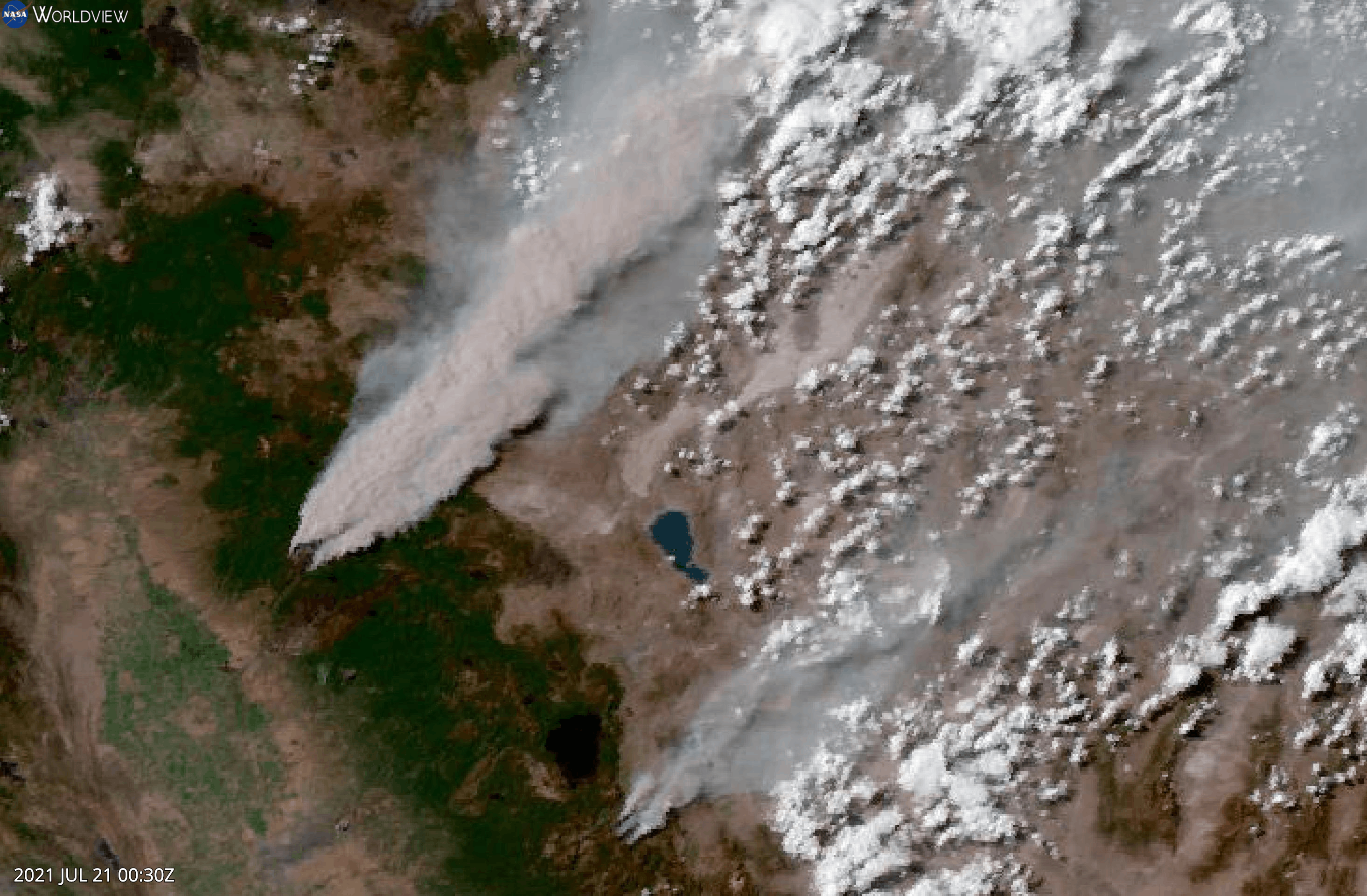Eyes in the Sky : Datron turns environmental spying into good business. Its satellites collect data on pollution and other threats to the planet.
- Share via
Last week, it was announced that thS. Air Force is moving its big spy satellite operations out of California as an economy measure. The effect on one particular Ventura County defense contractor is not what you might expect.
Yes, this firm managed to avoid serious harm when national defense spending was reduced, but of interest to readers of this column is that the contractor got into the environmental business.
For many years, Datron, a Simi Valley company, has specialized in building the electronic equipment used at the ground stations that pick up the signals from U. S. spy satellites. But back in 1985, as defense spending was at its zenith, Datron astutely began to diversify into commercial and scientific electronics. According to David Darby, Datron’s president, within five years it had become the leader in the “Landsat” business--non-military satellite surveillance.
Datron went into the business of spying on the Earth. Now it’s half the firm’s business volume and provides a hedge against sudden losses of old-fashioned defense work.
“Everything comes back to the environment,” said Kevin Corbley, spokesman for one of Datron’s big customers, the Earth Observation Satellite Co., commonly known as EOSAT.
“Datron is our gateway to the Earth,” he said, referring to the rig the Simi Valley company built for EOSAT in Oklahoma. EOSAT has a group of spy satellites devoted to civilian and environmental peeping, which circle the Earth every 16 days. These are the Landsats that send digital radio signals to Earth to be collected and processed by Datron’s giant antennae.
You can see one of these rigs on the company’s nine-acre spread on West Los Angeles Avenue in Simi Valley. It’s going to be shipped to Taiwan to gather “Earth resource data,” Darby said. There are about a thousand such pieces of Datron equipment worldwide.
One, in use in Sweden, was the first land station to get satellite pictures of the spreading airborne radioactivity caused by the meltdown of the nuclear power plant at Chernobyl. The signals, by the way, come down in the form of digital radio signals--something like Morse code--and are processed on the ground into high-resolution photos-from-the-sky.
Nowadays this information is used for making decisions fully as vital to our “security” as those made during the Cold War. The spread of pollution in the ground water supply, nitrates in the agricultural acreage, blight in the forest and the erratic approach of hurricanes are all as threatening to our safety as the massing of an enemy army.
In the words of The Economist, a London magazine not noted for defense of wetlands or spotted owls, “environmental issues will increasingly vie with defense as the staple of international negotiations.” So Datron’s huge antennae will probably find a continuing market spying on poisons--instead of provocateurs--that might be creeping across national borders.
And we’re not just talking about the old forms of “quick response” to such threats, such as military counterattacks in the case of tank movements or international lawsuits when acid rain crosses a border. We’re talking about money matters. For instance, Datron’s equipment is involved in collecting information via satellite for insurance companies checking out the effects of Hurricane Andrew on the real estate of south Florida.
In the Midwest, data on nitrate-damaged agricultural soil is being compiled by satellite. The long-term agricultural viability of the soil can be determined in this way. Are banks going to lend on acreage that they know--from satellite photos--is next to land going toxic?
Robert Mangold, publisher of the trade journal Earth Observation, refers to all this as “mapping the economic and political activity of the next century.”
“Defense technology is now being adapted to gathering what is now the most important information in the world--environmental information,” he said.
More to Read
Inside the business of entertainment
The Wide Shot brings you news, analysis and insights on everything from streaming wars to production — and what it all means for the future.
You may occasionally receive promotional content from the Los Angeles Times.










